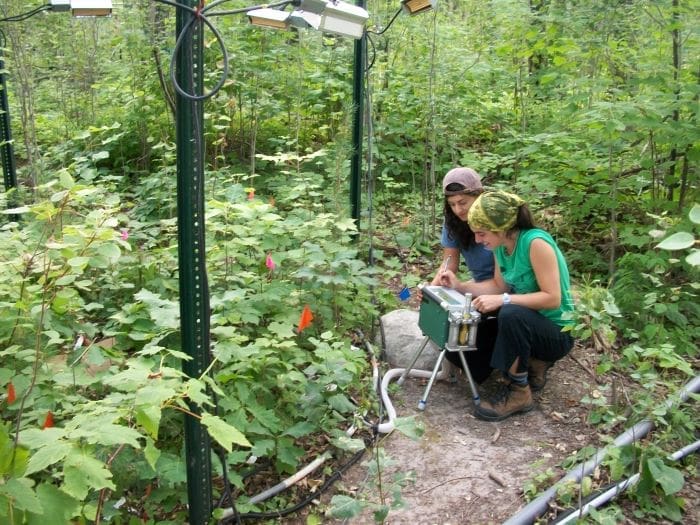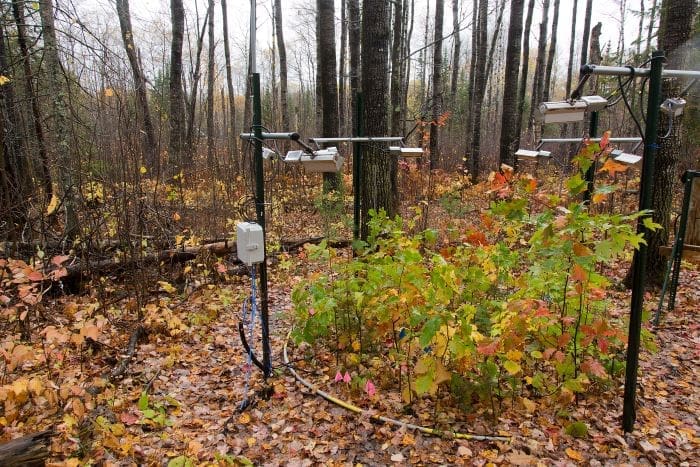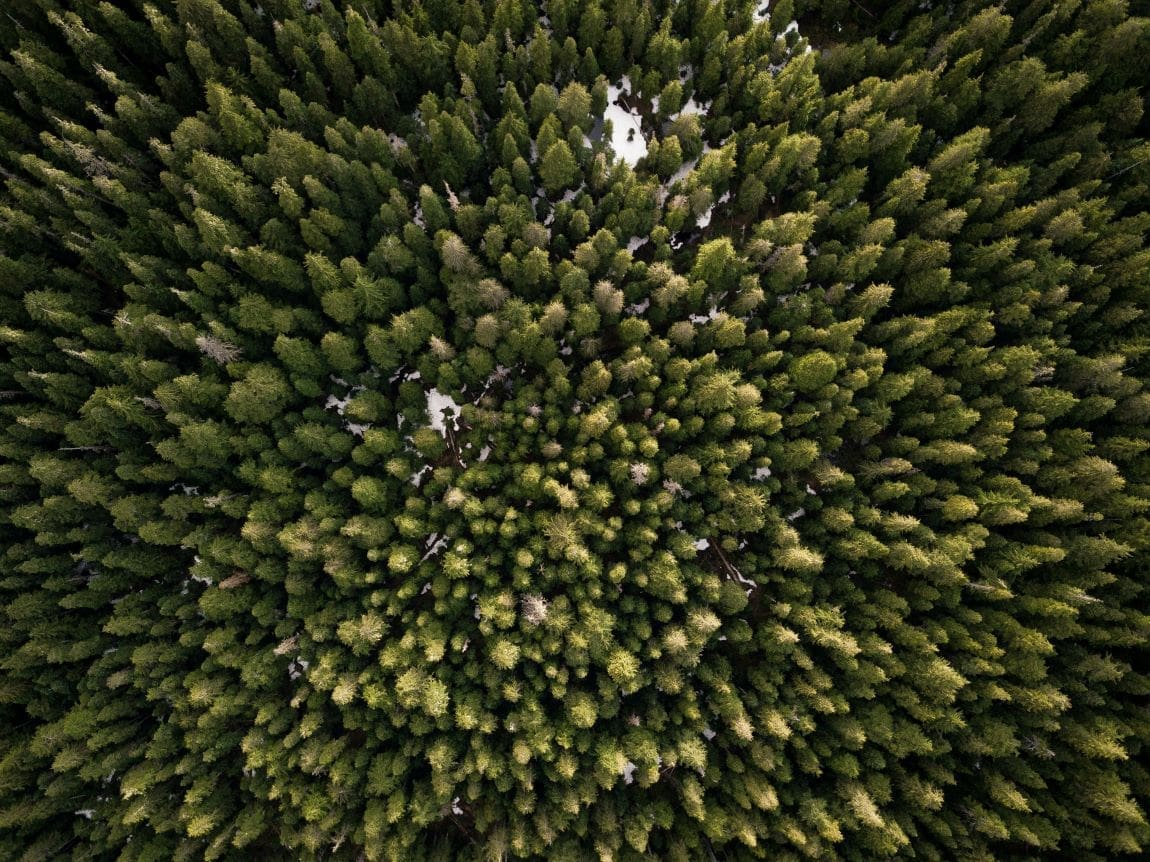In the grand scheme of Earth’s carbon cycle, northern forest soils serve as critical reservoirs, trapping carbon dioxide that trees absorb during photosynthesis and preventing it from re-entering the atmosphere. A new research led by Peter Reich of the University of Michigan (U-M) suggests that these soils may lose more carbon as the planet warms, potentially exacerbating climate change.
The study, published in Nature Geoscience, reveals that with increasing temperatures, more carbon is being released from the soil than is being absorbed by plants.
“This is not good news because it suggests that, as the world warms, soils are going to give back some of their carbon to the atmosphere,” said Reich, who directs the Institute for Global Change Biology at U-M.

The research underscores the importance of understanding how climate change affects the flow of carbon into and out of soils, which are crucial to forecasting future climate scenarios. Forests store a substantial portion of Earth’s soil carbon, making them a significant player in the global carbon budget.
While many studies have explored the impact of climate change on carbon flux in forest soils, most have been short-term and focused on either soil or air temperature in isolation. In contrast, Reich’s experiment, believed to be the first of its kind, controlled both soil and above-ground temperatures in an open-air setting and extended over more than a decade.
“Our experiment is unique,” Reich noted. “It’s far and away the most realistic experiment like this in the world.” This long-term, sophisticated approach, although expensive, provides valuable insights into the complex interactions between temperature, soil moisture, and carbon emissions.
The experiment was conducted at two sites in northern Minnesota, where researchers studied 72 plots under two warming scenarios. In one, plots were heated to 1.7 degrees Celsius above ambient temperature, while in the other, the increase was 3.3 degrees Celsius (3 and 6 degrees Fahrenheit, respectively). The results showed that soil respiration—the process by which carbon dioxide is released—rose by 7% in the moderate warming scenario and by 17% in the more extreme case.

Soil respiration is driven by the metabolic activities of plant roots and soil microbes, which break down organic matter and release carbon dioxide in the process. “The microbes are a lot like us,” Reich explained. “Some of what we eat is respired back to the atmosphere. They use the same exact metabolic process we do to breathe CO2 back out into the air.”
Interestingly, the increase in carbon emissions might have been even higher if not for the drying effect of warmer temperatures, which reduces soil moisture. Drier soils constrain microbial activity, limiting the amount of carbon dioxide released. “The take-home message here is that forests are going to lose more carbon than we would like,” Reich said. “But maybe not as they would if this drying wasn’t happening.”
The study, supported by the National Science Foundation, the U.S. Department of Energy, and the University of Minnesota, involved collaboration among scientists from the University of Minnesota, University of Illinois, and Smithsonian Environmental Research Center.
The findings highlight a potentially troubling feedback loop in which warming leads to more carbon emissions from soils, further intensifying climate change.
Journal Reference:
Liang, G., Stefanski, A., Eddy, W.C., Reich P.B. et al. ‘Soil respiration response to decade-long warming modulated by soil moisture in a boreal forest’, Nature Geoscience (2024). DOI: 10.1038/s41561-024-01512-3
Article Source:
Press Release/Material by University of Michigan
Featured image credit: Spencer Watson | Unsplash




